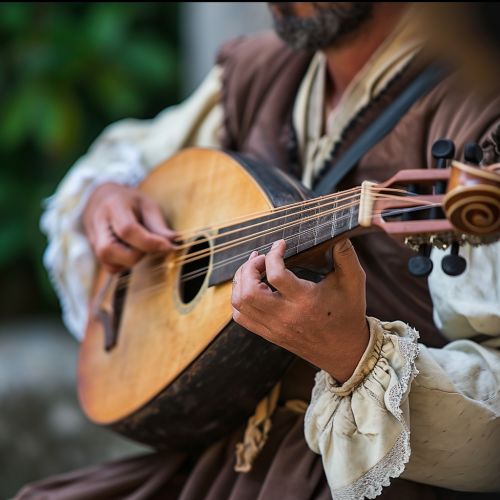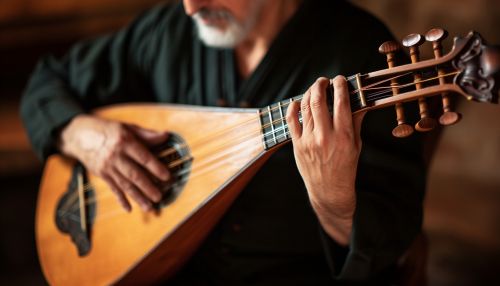Serenade
Origins and History
The term "serenade" comes from the Italian word serenata, which itself is derived from the Latin word serenus, meaning "serene" or "clear". The serenade originated in the Renaissance, a time of great cultural and artistic flourishing in Europe. During this time, it was common for a lover to serenade his beloved under her window, often accompanied by a lute or other stringed instrument. The serenade was typically a song of love and admiration, intended to woo the object of the singer's affection.


The tradition of the serenade continued into the Baroque, where it evolved into a more formal musical form. Composers such as Mozart and Haydn wrote serenades for various combinations of instruments, often including strings, winds, and horns. These serenades were typically performed in the evening, often outdoors, and were intended to provide light, pleasant music for social gatherings.
Musical Characteristics
In terms of musical structure, a serenade typically consists of several movements, often with a fast-slow-fast pattern. The music is generally light and tuneful, with an emphasis on melody and harmony rather than complex counterpoint. The serenade is often characterized by its lyrical, romantic quality, reflecting its origins as a song of love.
The serenade is closely related to several other musical forms, including the divertimento, the cassation, and the notturno. Like the serenade, these forms were intended as light, entertaining music for social occasions. However, each has its own distinct characteristics and conventions.
Notable Serenades
Several serenades have achieved enduring popularity and are frequently performed in concert today. Among the most famous are Mozart's Serenade No. 13 in G Major, also known as "Eine kleine Nachtmusik", and his Serenade No. 10 in B-flat Major, known as the "Gran Partita". Haydn's Serenade from his String Quartet in F Major, Op. 3, No. 5 is also well-known.
In the 19th century, composers such as Brahms, Dvořák, and Tchaikovsky also wrote serenades. These works often expanded on the traditional form of the serenade, incorporating elements of the symphony and the concerto.
The Serenade in Popular Culture
The tradition of the serenade has also found its way into popular culture. In many films and novels, a character is shown serenading his or her love interest, often with humorous or romantic results. The serenade is also a common trope in opera and musical theatre, where it is often used to express a character's romantic feelings.
